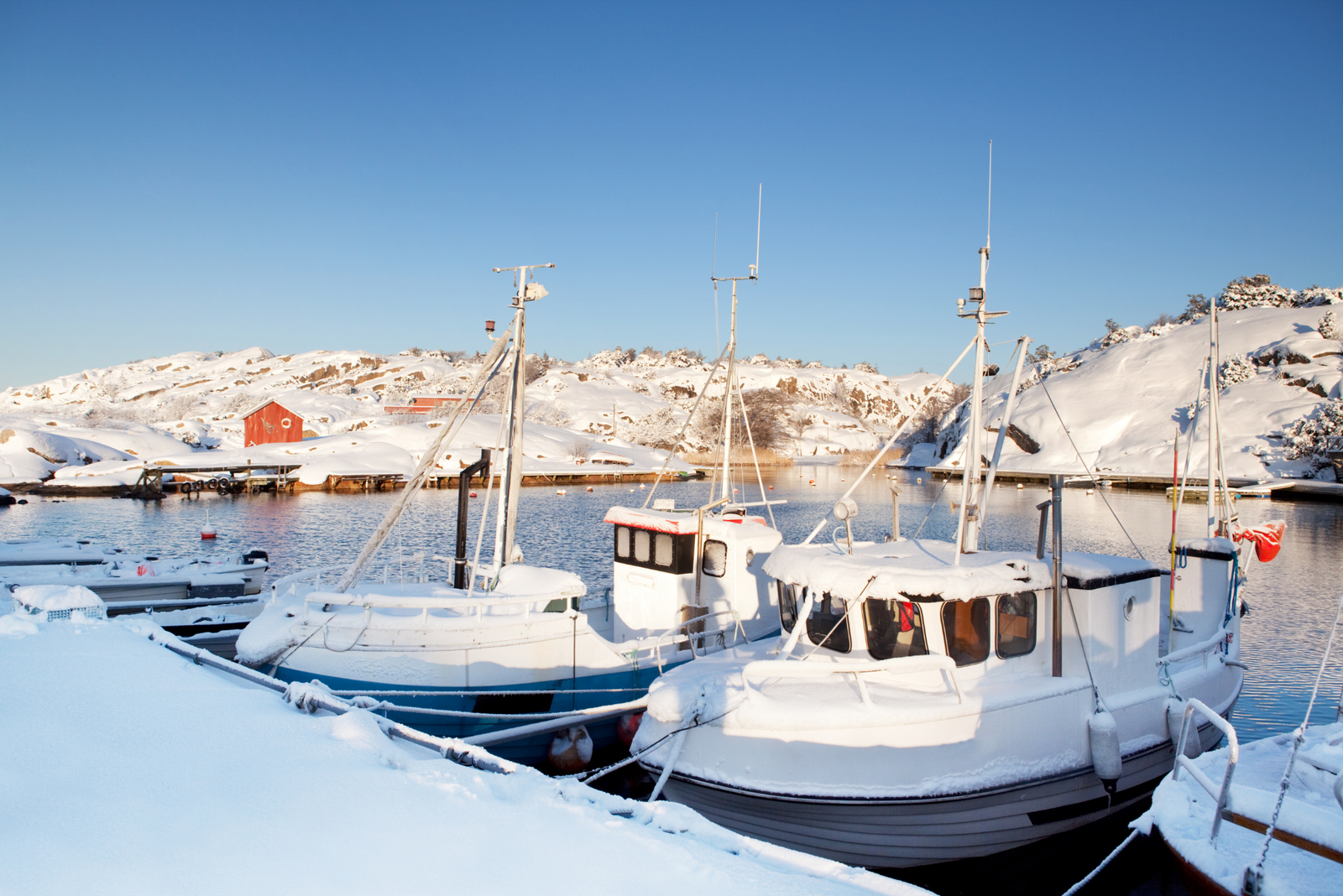Chart a Course for Savings! 15% Off with TAKE15
Chart a Course for Savings! 15% Off with TAKE15

Best Way to Prevent Hypothermia While at Sea
by Bob Figular November 08, 2024
When most people think of hypothermia, they picture being trapped in the snow or falling through a frozen pond. But people can get hypothermia in water as warm as 80 degrees Fahrenheit!
While the risk of fatality is higher in cold water, hypothermia is a serious condition at any temperature. If not recognized and treated promptly, hypothermia can rapidly turn accidents into fatalities. In fact, general body hypothermia is the leading cause of death among recreational boaters.
Here, we outline the best way to prevent hypothermia for yourself and your passengers.

Hypothermia: What Is It, and How Can You Spot It?
Hypothermia is when a person’s core temperature dips below 95 degrees Fahrenheit (35 degrees Celsius). It occurs when a person loses body heat, most commonly from prolonged exposure to cold.
When rescued from cold conditions, some survivors may appear to be under the influence of drugs or alcohol, showing symptoms of intoxication such as slurred speech, lack of coordination, and confusion. Often, these individuals are unaware of their condition.
Other hypothermia symptoms include:
- Shivering (which may stop as the condition becomes more serious)
- Shallow breathing
- Drowsiness
- Rapid pulse that later becomes weak
- Pale, cold skin
- Numbness in the extremities
Symptoms appear gradually and progress through three stages — mild, moderate, and severe — as the body temperature drops.
Factors Leading to Hypothermia in Boating Accidents
In a boating emergency, physical exertion can accelerate critical loss of body temperature. People struggling in the water, trying to aid in their own rescue, may drive their body temperature down to the point where unconsciousness or death results.
Failure to take immediate and positive measures to restore body heat can also lower a victim’s chance of survival. People removed from the water and left untreated may suffer further critical loss of body temperature, possibly leading to death even after being rescued.
Survivors in “warm” water can also suffer from hypothermia if exposed for long enough periods. Survival times in water vary considerably depending on clothing, physical exertion, blood alcohol levels, and other factors.
Here’s the average expected survival time in water by temperature:
- Over 80 degrees: Indefinite
- 70–80 degrees: 3 hours–indefinite
- 60–70 degrees: 2–40 hours
- 50–60 degrees: 1–6 hours
- 40–50 degrees: 1–3 hours
- 32.5–40 degrees: 30–90 minutes
- 32.5 degrees: 15–45 minutes
The Best Way to Prevent Hypothermia
Properly layering your clothing is the best way to prevent hypothermia while operating your boat in cold weather environments. This dressing method allows you to regulate your temperature by taking off or putting on additional clothing layers.
Layers are broken down into three categories: base, mid, and outer. These three layers work together to trap heat, wick moisture, breathe, block wind, and repel water.
- Base layer: The base or wicking layer, worn next to your skin, is designed to move moisture away from your body, keeping you dry and warm after bursts of activity.
- Mid layer: The middle or insulating layer can be worn over the base layer and under the outer layer. Made of synthetic thermal fibers, it assists moisture movement to the outer layer.
- Outer layer: The outer or waterproof layer is intended to keep the elements out. This layer usually has very little or no thermal properties but is water and windproof.
Wearing layers and other warm clothing, including a hat and gloves (and, of course, a life jacket), will protect you if you end up in the water as well.

Learn More About Boating Safety
We’ve given you tips on the best way to prevent hypothermia. But hypothermia isn’t the only danger when you’re out on the open water. Consider getting a captain’s license to ensure you’re prepared for any boating emergency (and know how to prevent them).
Mariners Learning System courses offer in-depth best practices for safe boating — and everything else you need to know to excel in the captain’s chair. Learn more about our courses today.
Leave a Comment
Comments will be approved before showing up.
